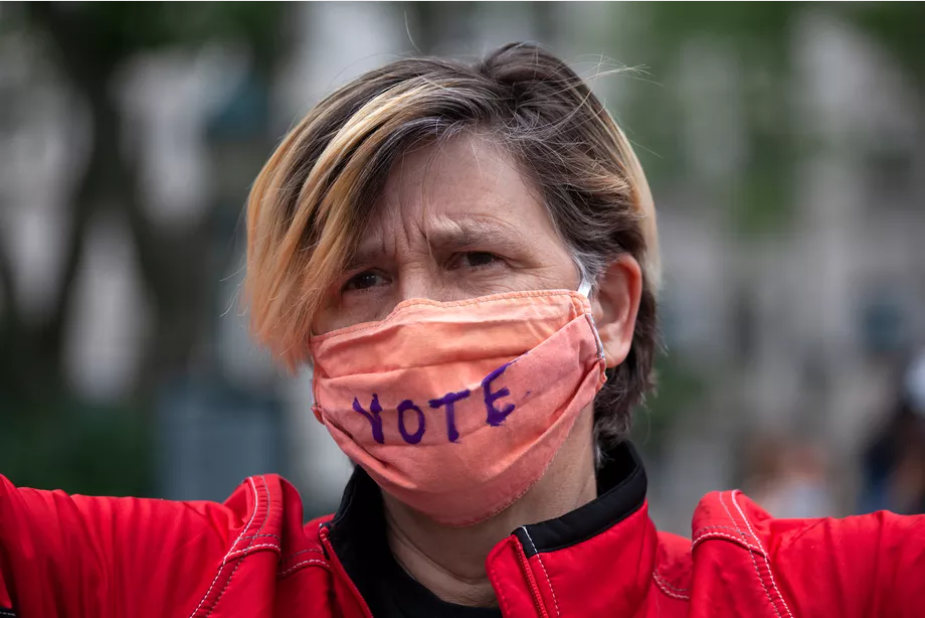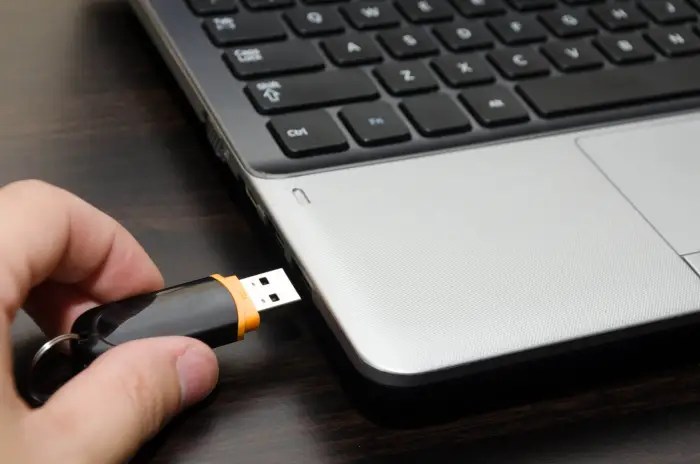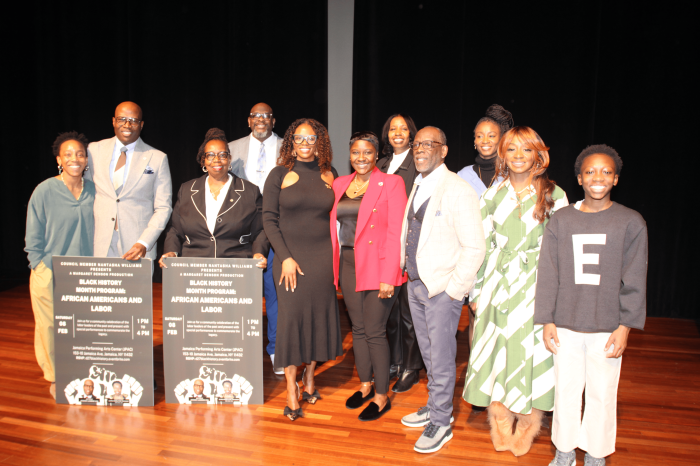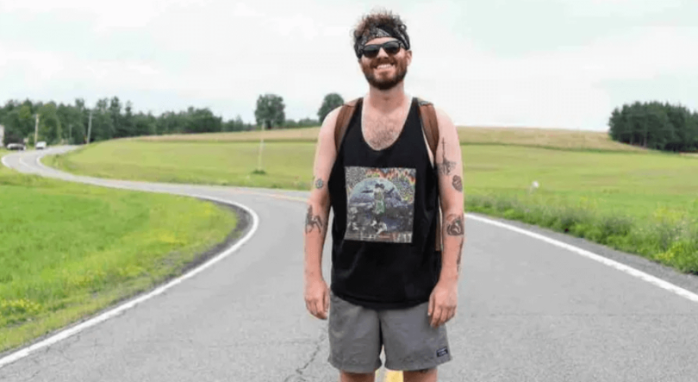By Christine Chung
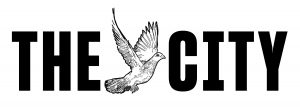
This story was originally published on June 11, 2020 by THE CITY.
As the end of May neared, nearly a quarter million New York City voters had requested absentee ballots for the June 23 primary election, after Gov. Andrew Cuomo sent applications to every potential primary voter to help limit the spread of coronavirus.
New York City’s 243,000 requests through May 29 marked a tenfold increase over the number of absentee ballots cast in the 2016 presidential primary, state election records show.
But tens of thousands of city voters are coming up empty-handed as the primary nears.
Local election boards reported having sent the vast majority of more than 672,000 requested ballots to voters in New York’s counties outside the city through last week. In the five boroughs, though, just 54% — fewer than 133,000 — had been mailed as of late May, state data shows.
In Brooklyn, less than one in three ballots had gone out to voters who had requested them; in Queens, just 40%.
“Too many people in the Bronx have not received their ballots,” said Eddie Cuesta of Dominicanos USA, a Bronx-based nonprofit focused on empowering the city’s Dominican-American community. Fewer than half of requests in the borough had resulted in a ballot mailed.
Voting by absentee ballot, he said, is “something new for most of us.”
Deadline Nears
Valerie Vasquez, a city Board of Elections spokesperson, said that the processing of absentees is “rolling,” with ballots being mailed in order of application received. Whether or not the ballots were received in a timely fashion was a question for the U.S. Postal Service, she said.
Vasquez did not respond to requests for updated figures of ballots requested or mailed to voters, which according to the board’s website began to be dispatched May 8.
The primary ballots cover contests for House of Representatives and state legislative seats and — thanks to a lawsuit by former contestant Andrew Yang — the Democratic nomination for president even though Joe Biden is the only candidate still in that race. Democrats living in Queens will also select the party’s candidate for borough president.
:no_upscale()/cdn.vox-cdn.com/uploads/chorus_asset/file/20029722/absentee_ballott.0.jpg)
Ballots must be postmarked by primary day, June 23, under a deadline Cuomo and the state legislature extended earlier this week.
The number of requests so far still amounts to just 7% of the 3.3 million city residents actively registered to vote, and requests are continuing to come in to the Board of Elections. Registered voters have until June 16 to submit a vote-by-absentee request.
John Conklin, the spokesperson for the state Board of Elections, said that “most [local] boards are staying current with processing their applications.” As of Wednesday, he said, 291,947 New York City voters had requested absentee ballots, among 1.07 million requests statewide.
He added that while there was no formal deadline for sending out absentee ballots, the boards are “aware” that envelopes mailed out after the middle of next week are “unlikely or impossible to reach the voter in time.”
Single-Use Pens
Given the uncertainty around voters receiving absentee ballots in time, community groups, voting rights advocates and good-government organizations have begun to encourage New Yorkers to consider alternatives.
Early in-person voting begins Saturday and runs through June 21. Polls will be open on June 23 from 6 a.m. to 9 p.m.
Beny Poy, a program coordinator at NALEO Education Fund, a national nonprofit focusing on Latino civic engagement, said that the organization is presenting a “holistic message” emphasizing there’s more to this year’s unusual primary than just voting through the mail.
“We don’t know what it means to vote in a pandemic,” Poy said. “In-person voting is not cancelled.”
With the virus looming, the once-mundane visit to a local poll site may be no simple matter, either.
Vasquez said that poll sites will be equipped with antiviral wipes and that staffers will be wearing personal protective gear. Pens voters use to sign in and mark ballots will not be reused, and markers will be affixed to the floor to promote social distancing.
Poll workers will also conduct “constant cleaning of poll site equipment with antibacterial cleaning materials,” she added.
The necessity for distancing will likely have voters queued up and waiting to cast ballots, a top state election official noted.
“Both early voting and primary election day poll sites will be set up to practice social distancing, which may inevitably involve long lines,” Douglas Kellner, co-chair of New York State Board of Elections, wrote in a Monday email he sent to other election officials.
Multiple sources said that the city Board of Elections is encountering serious difficulty in recruiting poll workers to serve at the city’s 79 early voting sites and 1,216 polling sites on Election Day. They noted that poll workers tend to skew older, an age group particularly vulnerable to the coronavirus and advised to minimize exposure.
Vasquez said that the board had engaged in numerous efforts to recruit staff by taking out ads in newspapers and online, and posting on social media and flyering outdoors. She did not detail how many poll site workers have been hired for the upcoming primary.
Evan Stavisky, a political consultant, emphasized that the election boards throughout the state are trying to meet unprecedented demand, with limited resources and staff.
“They were dealt a s—-y hand and they’re trying to do the best with what they can,” he said
Georgia on Their Minds
Advocates and political consultants told THE CITY they were nervous about how the next few weeks of voting will unfold, and some questioned whether the state is ready to hold an election during a global pandemic.
Some pointed to Georgia’s primary snafu on Tuesday as a cautionary tale. Georgia voters experienced faulty poll machines, hours long waits and absentee ballots that allegedly never arrived.
Cuesta noted that the city Board of Elections’ hotline is perennially busy — at times with upwards of 90 callers waiting to have their questions about absentee ballots, registrations, poll sites and other matters fielded.
Susan Lerner, executive director of Common Cause, a good government group involved in election reform, said that New York’s lack of a “robust” pre-existing vote-by-mail system meant that the significant increase in absentee ballots would be “challenging” for boards unused to processing large numbers of paper votes.
But others said they were optimistic that New York would pull this primary election off with more ease.
“This isn’t our first rodeo with early voting, it’s our second go at it,” said Jennifer Wilson, deputy director of the League of Women Voters. “We don’t have the same situation with the new machines and I think a lot of people will rely on absentee voting.”
Lerner said New Yorkers should also realign their expectations not only over how votes are being cast, but also for how results will unfold over a longer than usual stretch of time as absentee ballots get counted.
“We need to make a determination about whether we want to vote in person or absentee and be prepared to let the process run to be sure that all eligible ballots are being properly counted,” Lerner said.
Kellner wrote in his email to election officials that the New York State Board of Elections expected that due to the flood of absentee ballots, results will not be available until June 30, one week after the election.
This story was originally published by THE CITY, an independent, nonprofit news organization dedicated to hard-hitting reporting that serves the people of New York.



